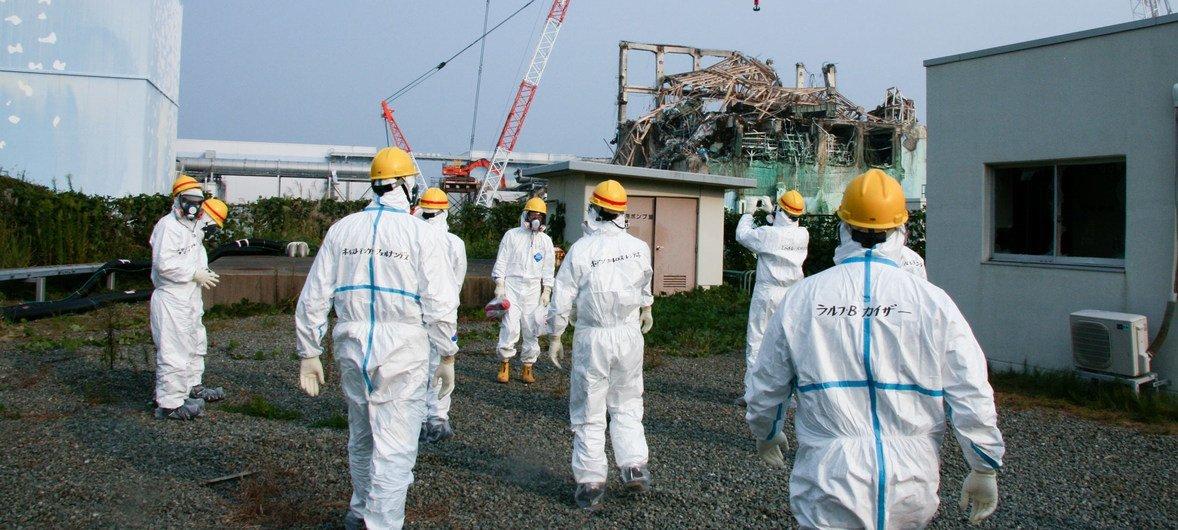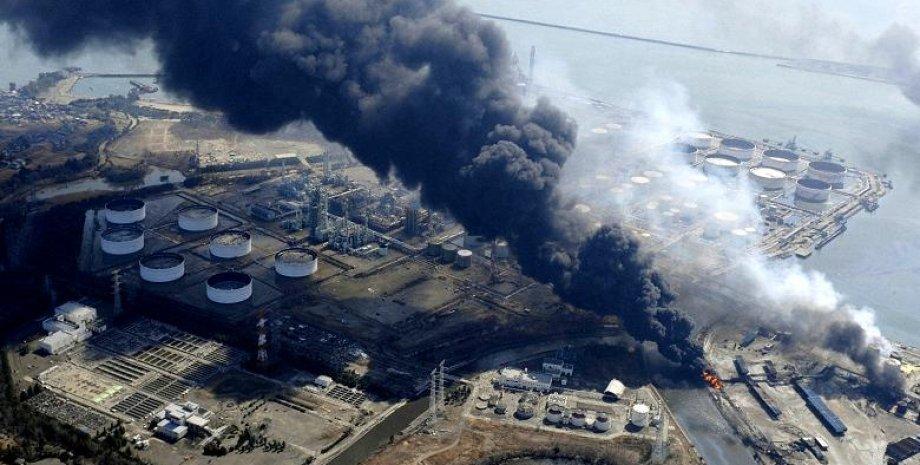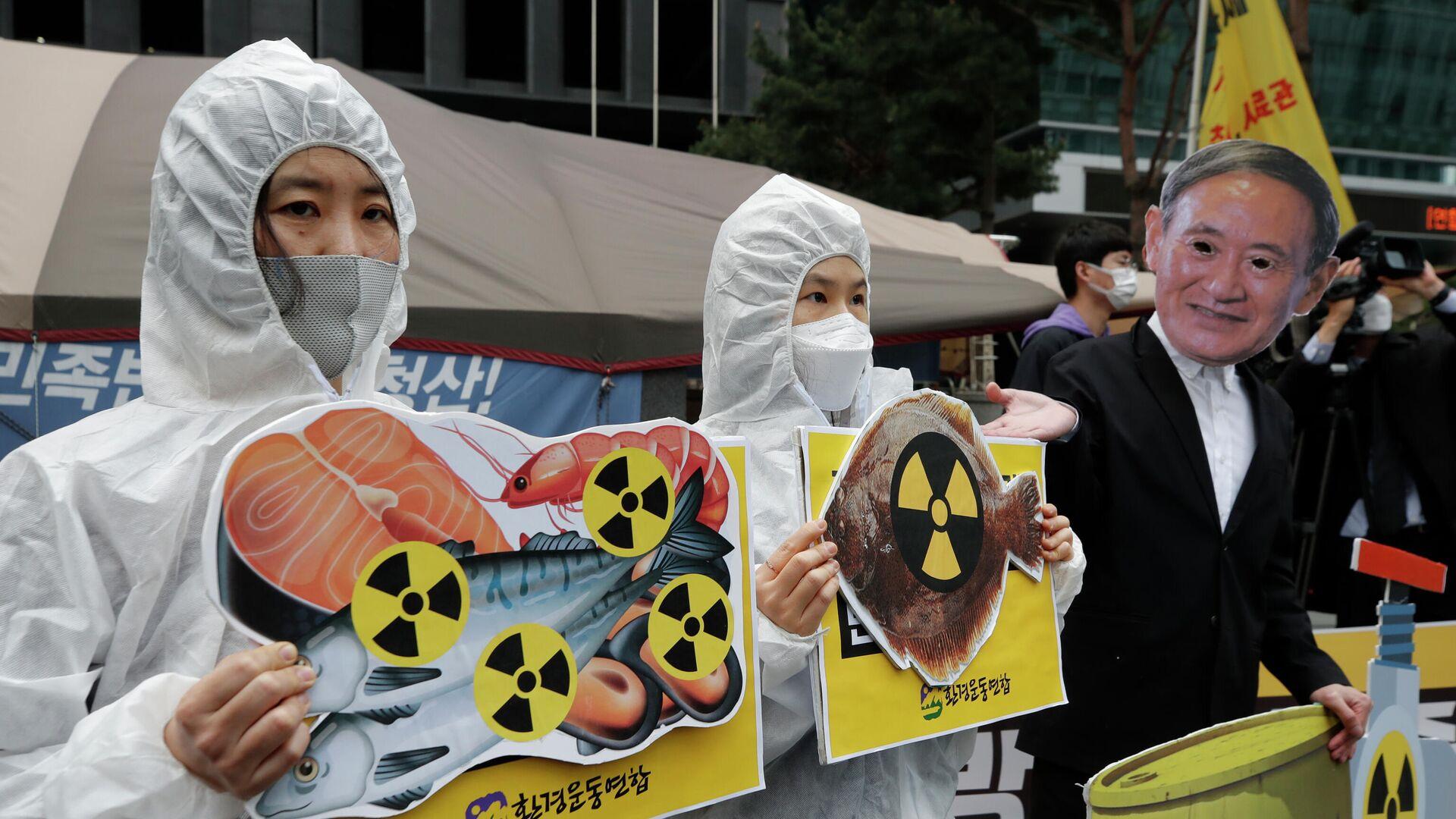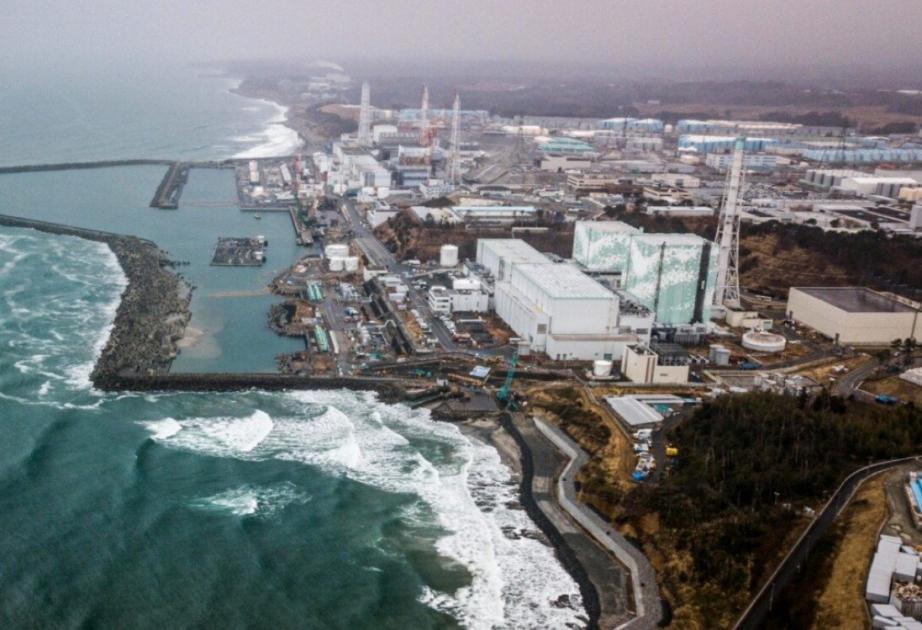Fukushima 1 nuclear accident resembling Chernobyl disaster Analytical article by Artem Kirpichenok
Thirteen years have passed since the accident at the Japanese Fukushima 1 nuclear power plant, but the developments related to this facility are still a matter of concern for the countries of the Pacific region. Japanese authorities reported in early February that a leak of radioactive water had been detected at the station. It occurred in a liquid treatment unit that was being refurbished.
In total, five and a half tons of water with a radioactivity of 22 billion becquerels per litre leaked on the ground through open valves while the permissible norm is 1,500 becquerels per litre. The Japanese reassured the public that the water had not leaked outside the protected area, there was no danger to the environment, while the International Atomic Energy Agency (IAEA) had been informed of the incident.
Not all experts agree with the Japanese authorities’ reassuring reports.
“Although the leak occurred in an uninhabited area, this radiation will spread in the environment, penetrate living organisms, and enter food. After the 2011 accident, a lot of liquid radioactive waste accumulated at the nuclear power plant. The authorities and the nuclear enterprises cannot safely dispose of it. The spread of radioactive substances cannot be controlled,” Russian ecologist, co-chairman of the Ecodefense group Vladimir Slivyak said.

The 2011 accident at Fukushima was described as “Anti-Chernobyl”. The Japanese authorities’ competence and prompt reaction were contrasted with Soviet irresponsibility, closeness and incompetence. However, now it becomes clear that perhaps the accident at the Japanese nuclear power plant has as severe consequences as the explosion in a nuclear reactor in Ukraine in 1986. The only thing the Japanese authorities succeeded in was hiding the true scale of the environmental disaster.
The experts point out that initially everything related to nuclear energy was concealed in Japan. The owner of the Fukushima 1 plant is Tokyo Electric Power Company (TEPCO). This corporation has been repeatedly accused of a lack of transparency and even corruption. TEPCO misinformed the public about the extent of the Monju nuclear reactor accident in 1995. Three workers were severely exposed to radiation in Tokaimura due to safety violations a few years later, in 1998.

TEPCO was forced in 2003 to shut down its reactors for a month after falsification of information on their operating modes was revealed. Finally, after the 2007 earthquake, the company was forced to admit that radiation had leaked from another plant that was not built well.
“I'm afraid TEPCO is hiding something. It does not tell everything it knows. Some people have described the multibillion-dollar industry, closely tied to business, regulators and government, as the Japanese energy mafia,” political analyst who was living in Japan Michael Kuczek noted.
Investigations conducted by foreign media showed that data was concealed and information was falsified following the accident at Fukushima 1 in 2011. Al Jazeera published testimony from Build-Up workers who were instructed to turn off radiation dosimeters or cover their screens during construction work at the plant to conceal the real level of contamination.
Japan announced the beginning of dumping radioactive water from Fukushima 1 into the Pacific Ocean in summer 2023. IAEA experts, after a lengthy analysis, gave Tokyo permission for this operation, agreeing that the water purification carried out by TEPCO complied with the accepted safety standards. In total, Tokyo intends to release 1,250 tons of radioactive water into the sea during 30 years.
The news has caused concern among Japan's neighbouring countries, which proceeding from the past experience, have little confidence in Japanese safety standards and control systems. Chinese Foreign Ministry spokesman Wang Wenbin ironically said that “if anyone thinks that [the water] is safe, then we suggest that Japan should store this radioactively contaminated water for [everyone who considers it safe] can drink it or swim in it”. The Chinese think that the IAEA cannot guarantee the long-term safety of water, and several experts are against permitting Japan to discharge it into the ocean.

Tokyo's plans caused rallies in South Korea, while the country's MPs suggested that the Japanese use water from nuclear power plants for drinking and agriculture, if it is safe.
Russia, which sees Japanese plans as a threat to its fisheries, is also expressing concern. According to maps of currents in the Pacific Ocean, polluted water will flow into the North Pacific Current, full of salmon, reach California, turn toward the shores of Alaska and eventually reach Russian Kamchatka. However, Japanese Foreign Minister Yoko Kamikawa said that the G7 member states at the Tokyo talks stood for Japanese plans to drain water from Fukushima into the Pacific Ocean. Perhaps this support has been stipulated by the emerging confrontation between the West and China, and the environmental issue will become another front in this struggle.
China and South Korea are resorting to economic measures to put pressure on the Japanese government. Beijing has banned the import of all seafood from Japan since August 24, 2023. South Korea has banned the export of seafood and agricultural products from fifteen Japanese prefectures. Russia has bought less Japanese fish and seafood since October 16, 2023.

This is a big problem for the Japanese economy, which is already going through difficult periods. The Japanese government has released GDP data for the fourth quarter of 2023 this week. It decreased by 0.4 per cent reaching $4.2 trillion. This dropped Japan to fourth place in the ranking of the world's biggest economies.
The Chinese, Korean and Russian environmentalists and politicians said that Japan should take several steps to restore confidence in its nuclear power and Fukushima waste disposal programme.
First, TEPCO should conduct comprehensive monitoring and scientific analysis to accurately detect the composition and activity of nuclides in each water storage tank. The volume of radioactive substances to be dumped into the ocean will be unveiled.
Second, Japan must fully assess the long-term threats posed by the release of contaminated water.
Thirdly, it is necessary to improve the proposed discharge plan, eliminating all the problems and shortcomings revealed by regulatory agencies and voiced at international conferences. Amon them are tracking radionuclides, developing a plan for secondary treatment of contaminated water, and a study of defects in ALPS filtration systems.
Until all these problems are resolved, contaminated water must not be released. The experts said that Japan must also consider other, safer ways to dispose water contaminated at Fukushima, such as evaporation into the atmosphere.
Only if these requirements are met and full information on radioactive contamination is disclosed, Tokyo will be able to regain the trust of both the international community and neighbouring countries.








